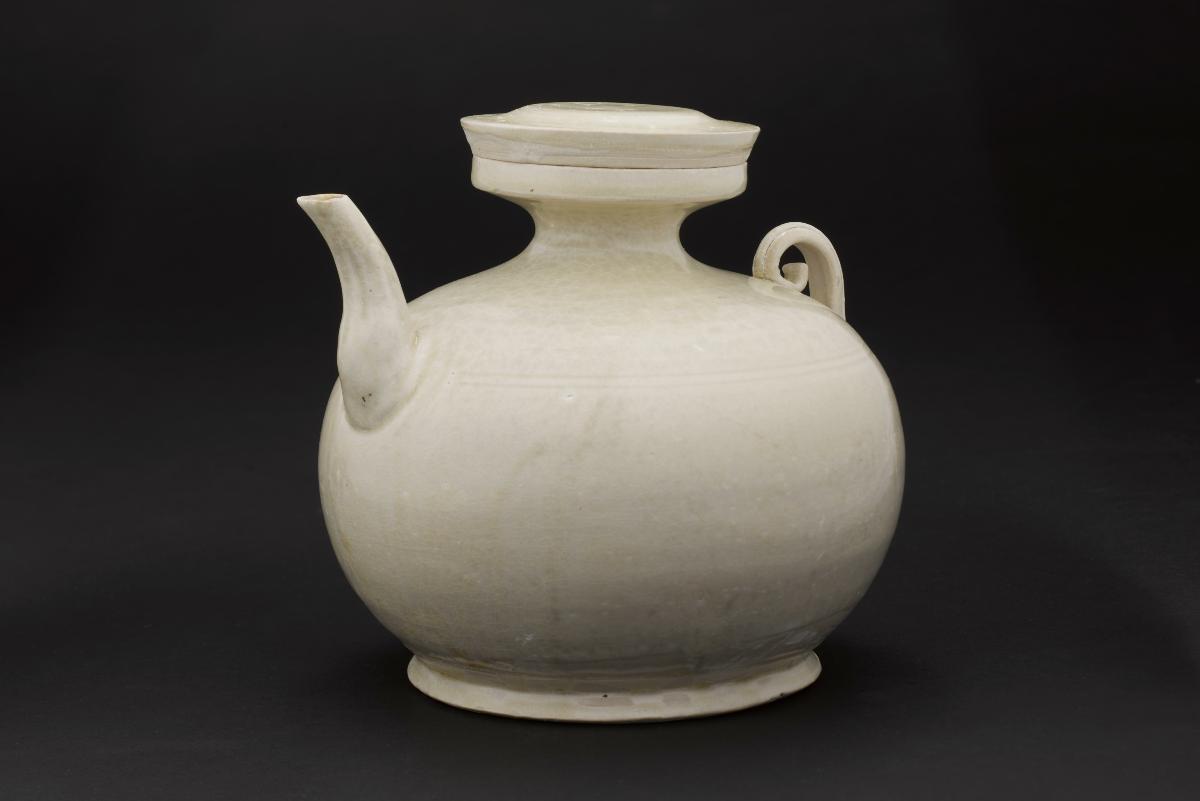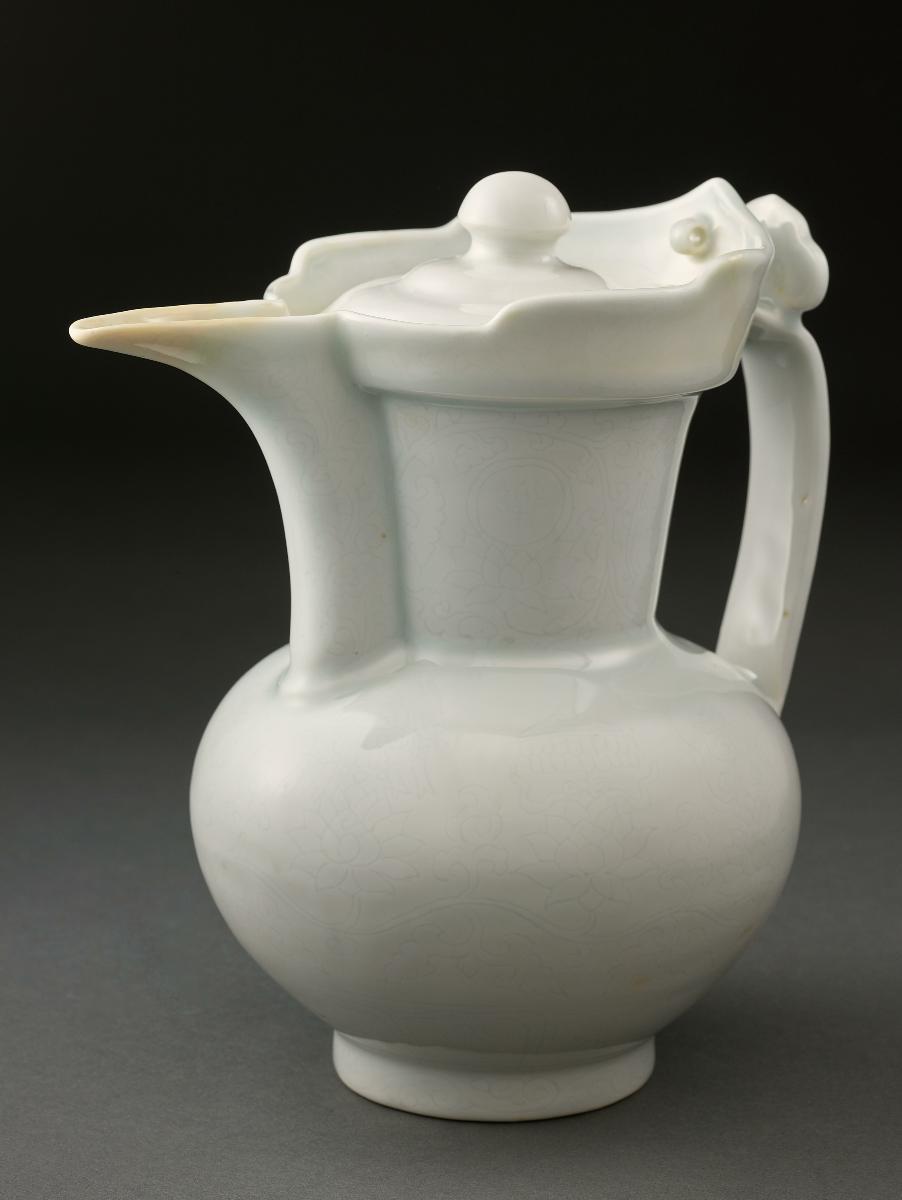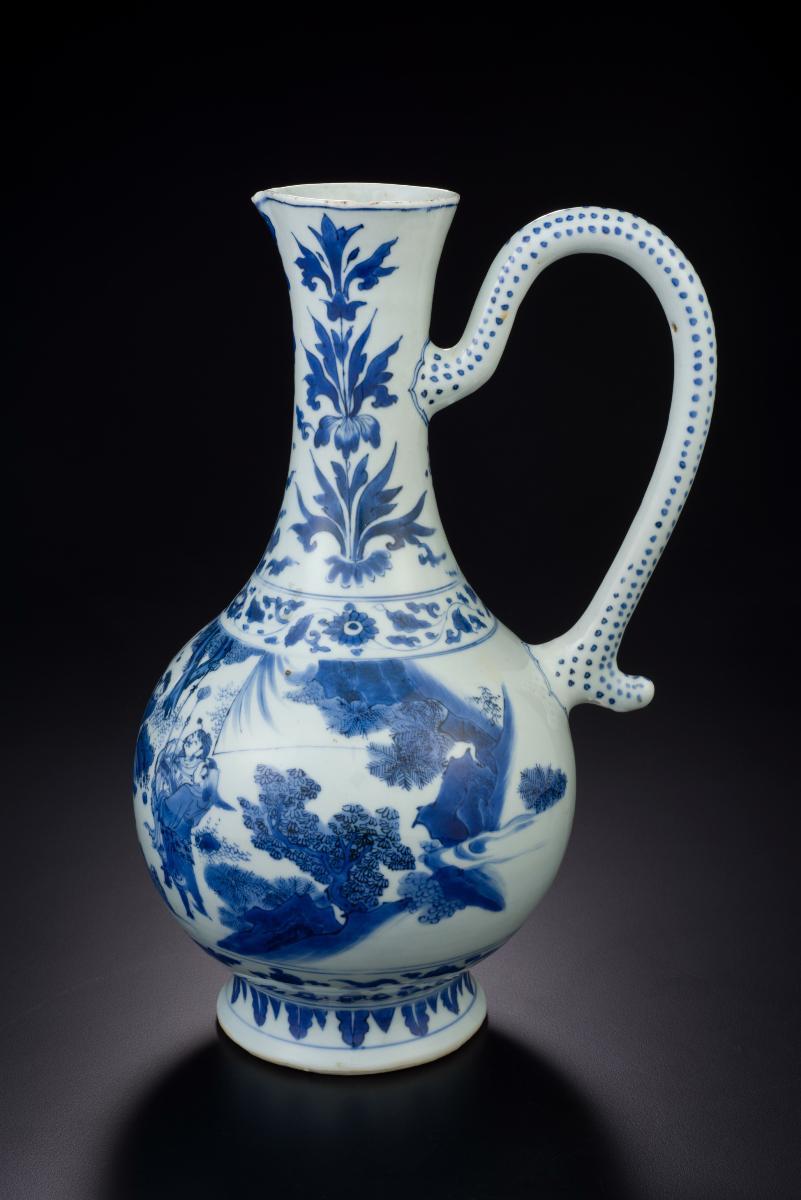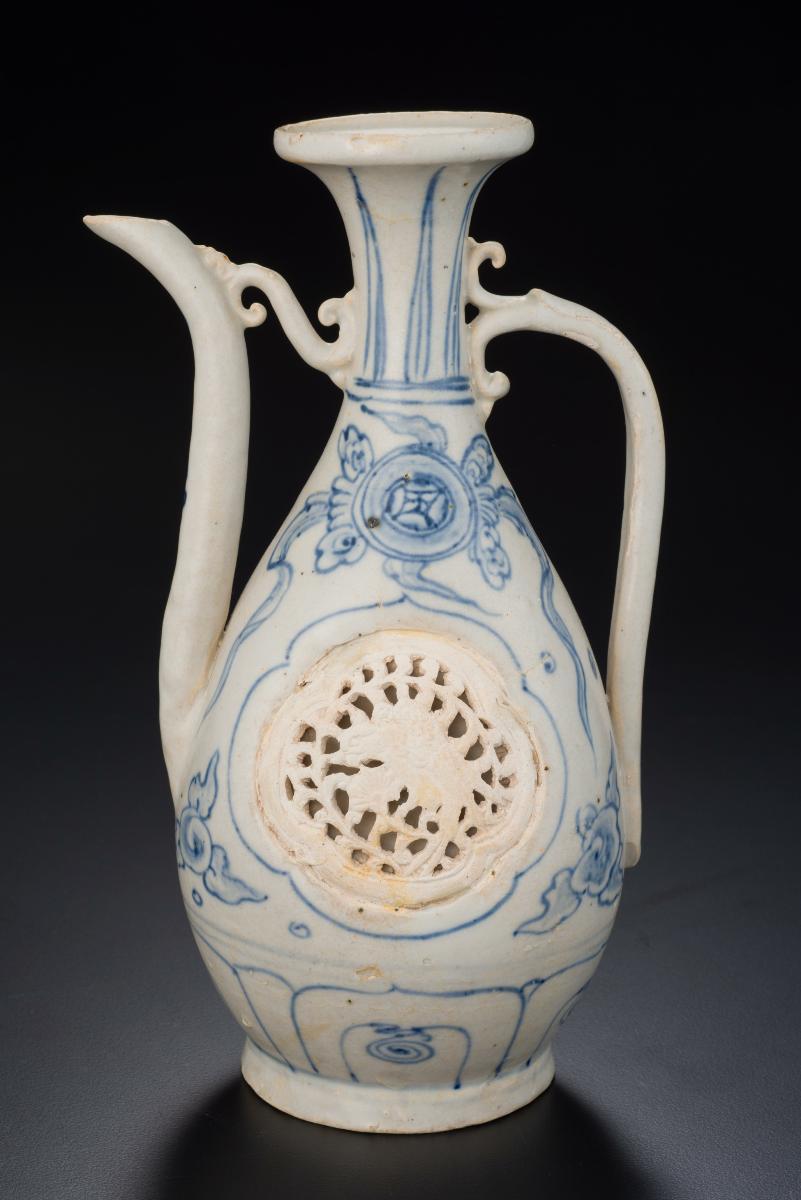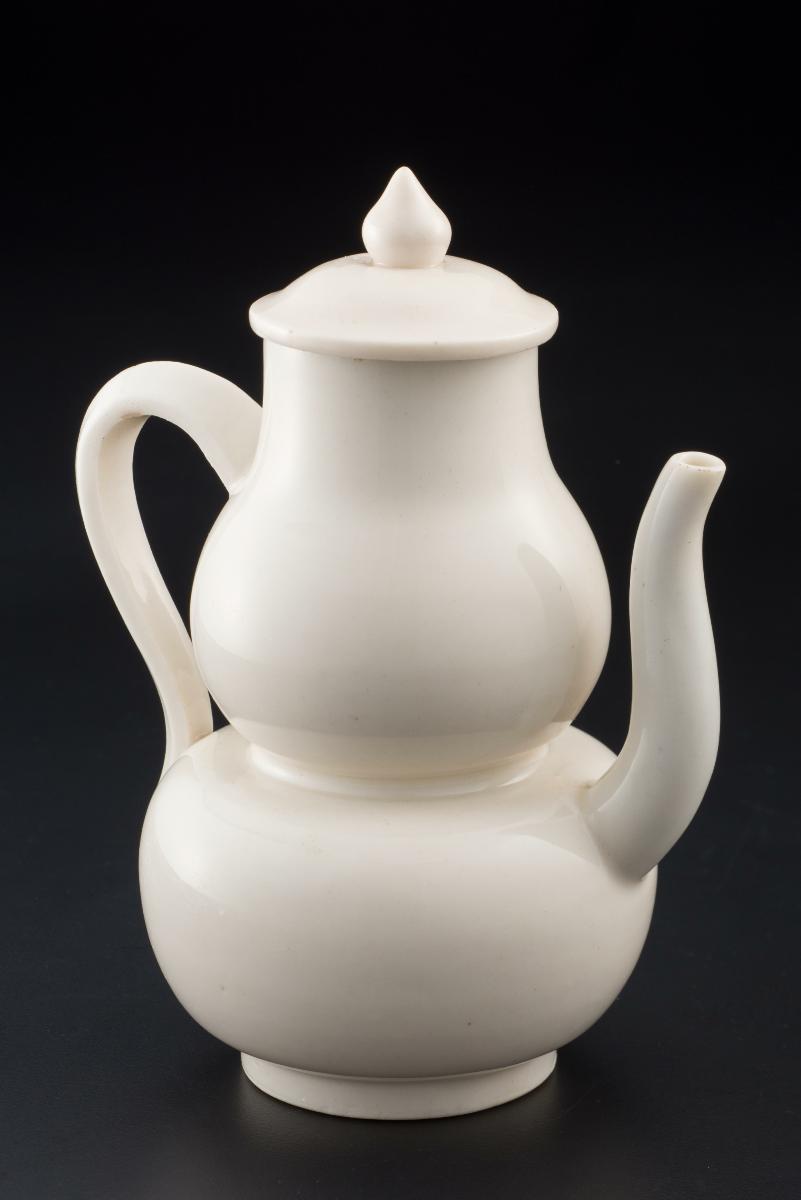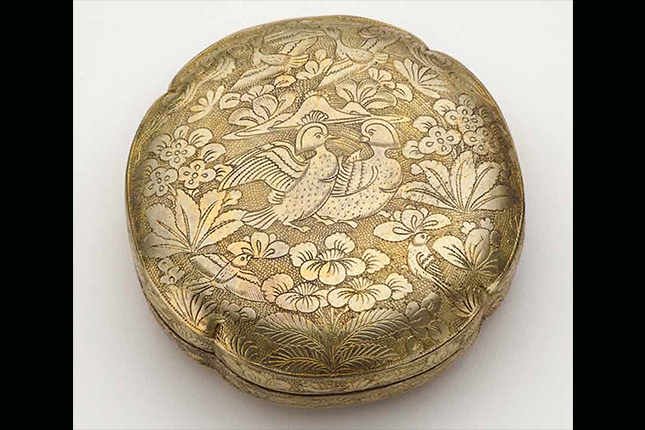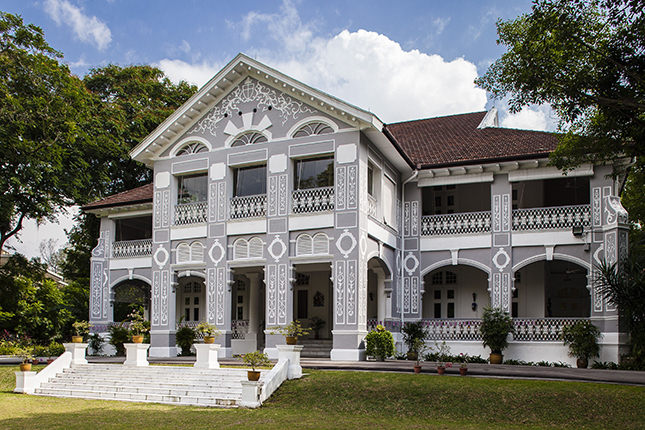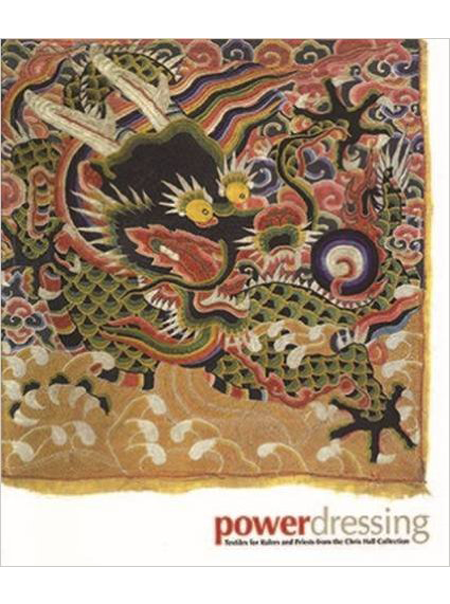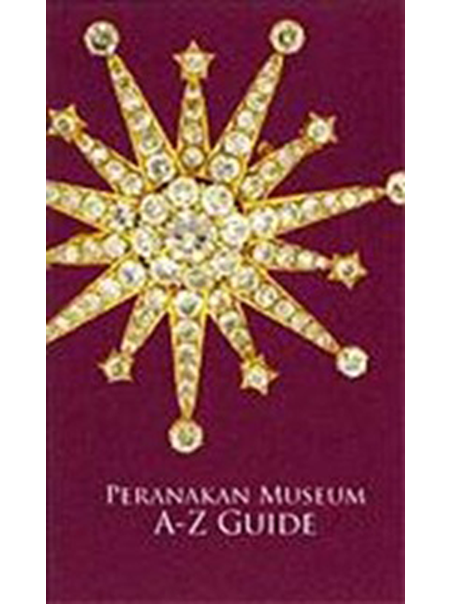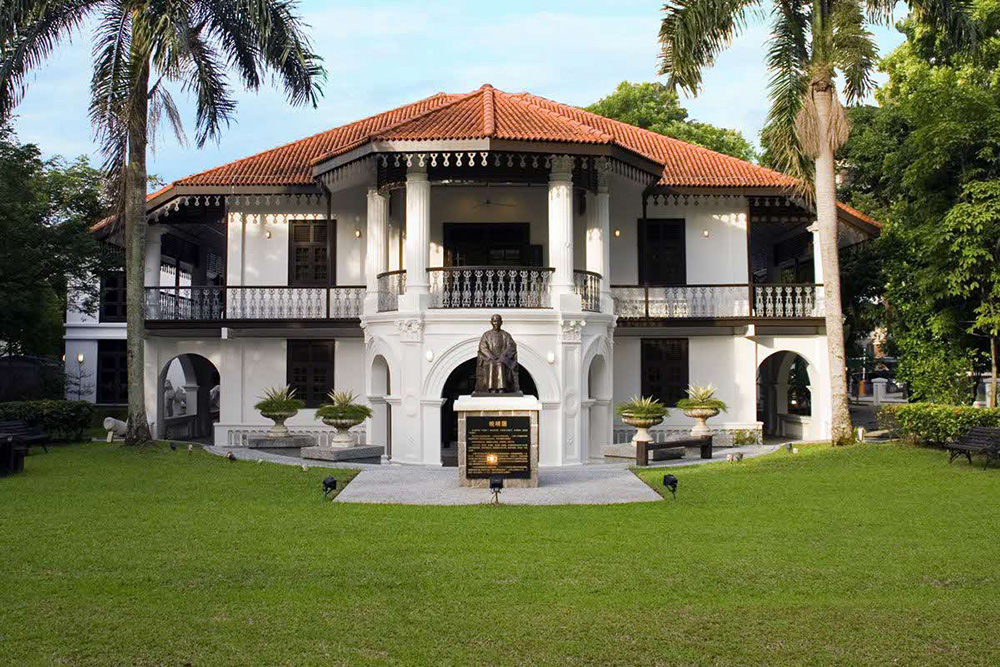This elegant whiteware ewer illustrates the high level of skill and refinement achieved by the pottery kilns of Vietnam by the 13th – 14th centuries. Vietnam had gained independence from China in the 10th century. However, while influence from its larger neighbour remained strong, the bulbous shape of this ewer is a particularly Vietnamese form. The translucent glaze is crackled and of a very pale green colour. A double strand handle attaches just below the incised double line decorating the shoulder of the body while the handle curls up to the top of the shoulder. The spout attaches mid-shoulder, and bends outward.The shape is very similar to kendis (ritual water pots) of this period. The origins of this bulbous form can be traced back to white wares from kilns in northern China of the Sui or Tang dynasty. However, in the 11th – 13th centuries, ewer forms are also greatly influenced by the Yuan dynasty (1271-1368) shufu wares of the Jingdezhen kilns.




